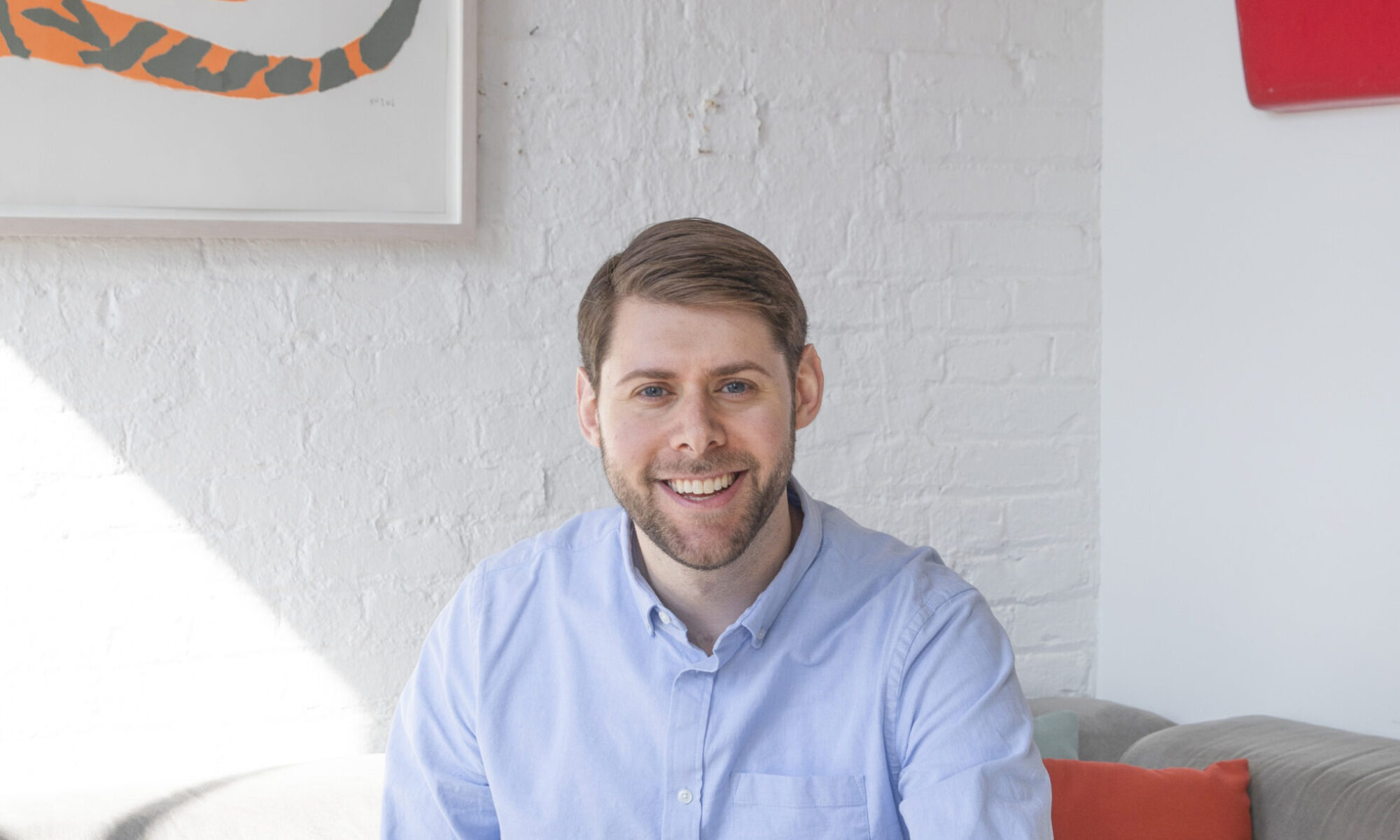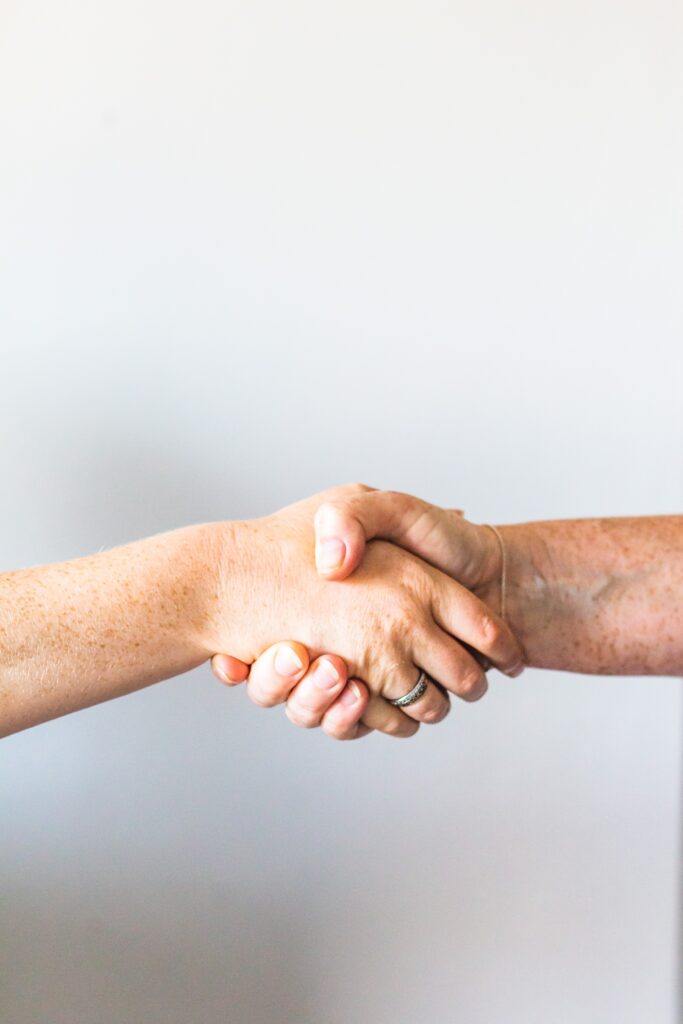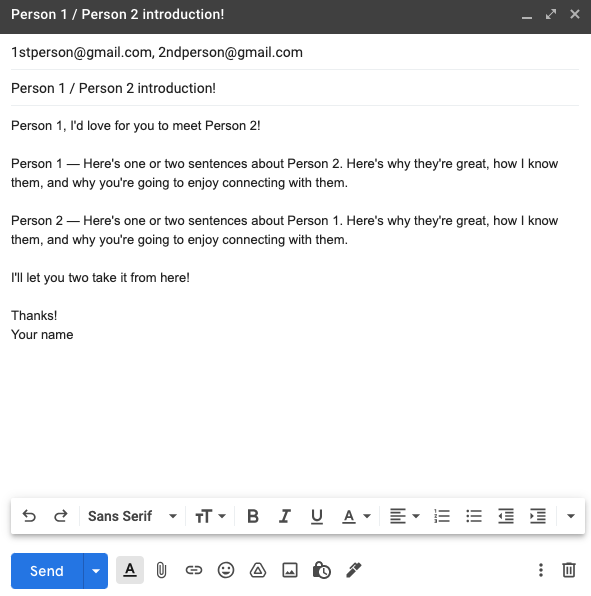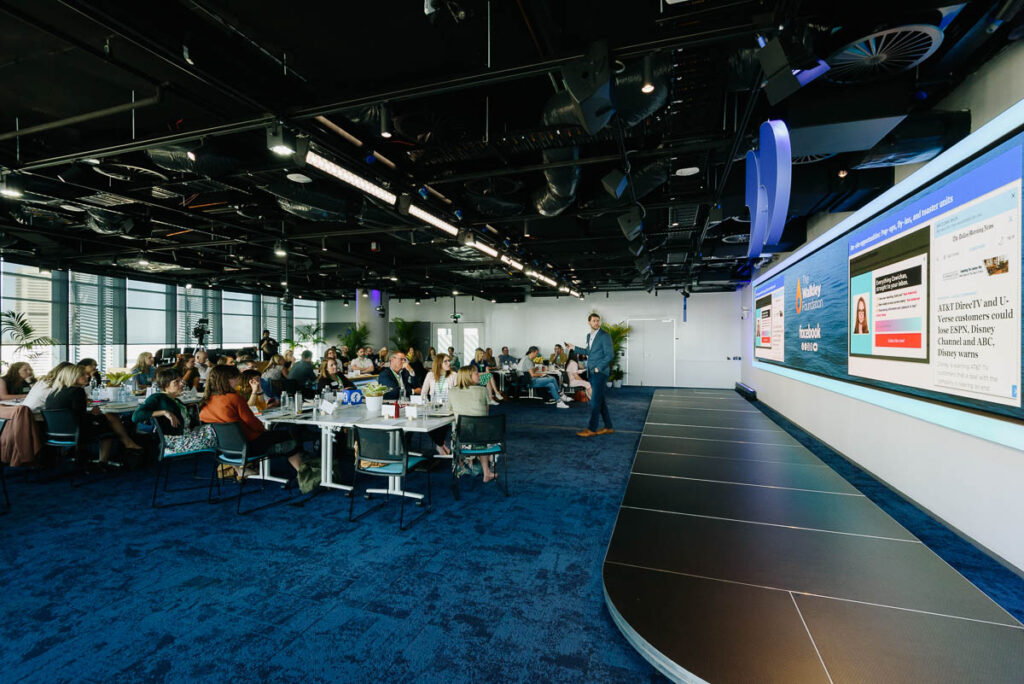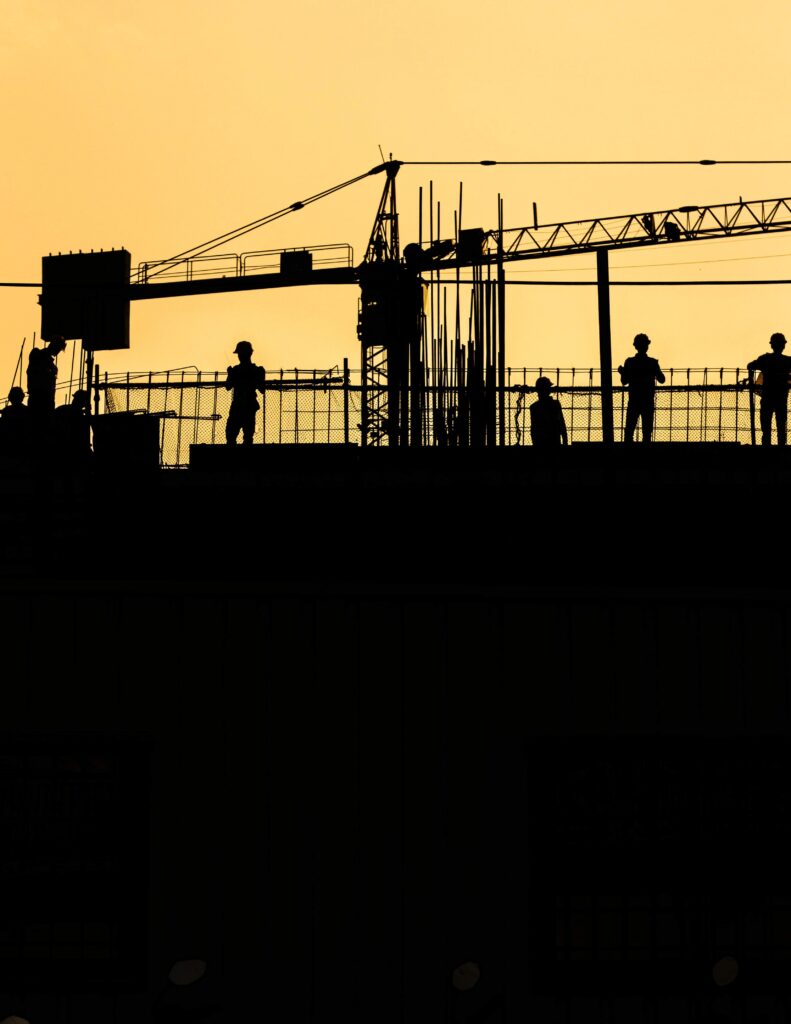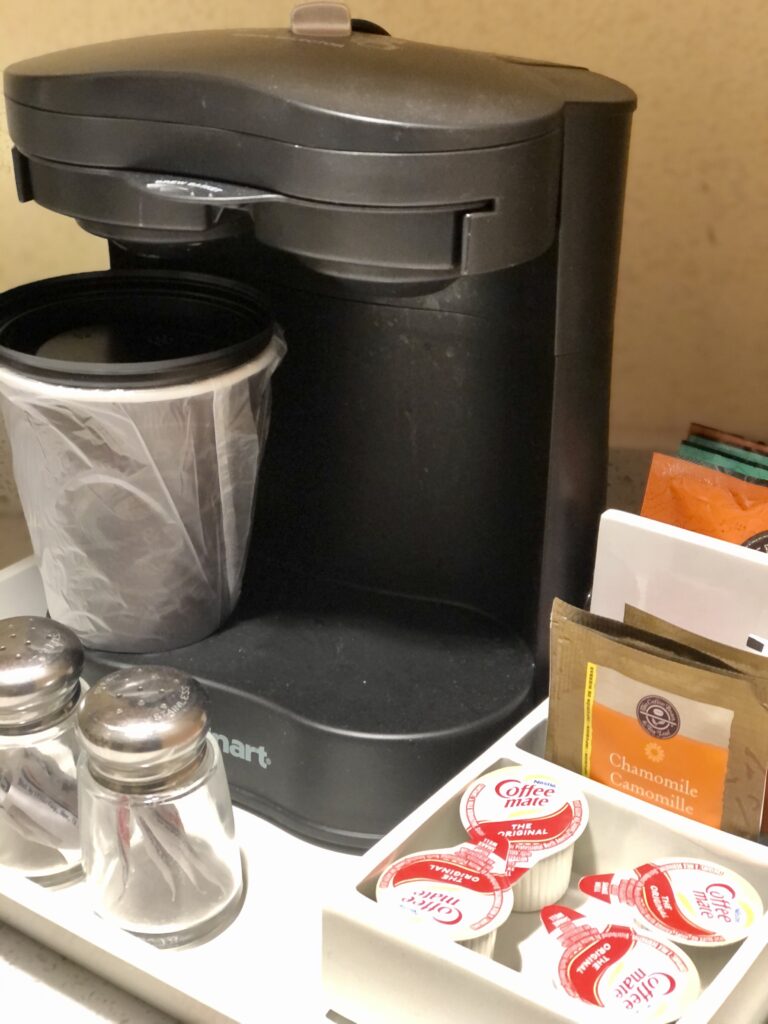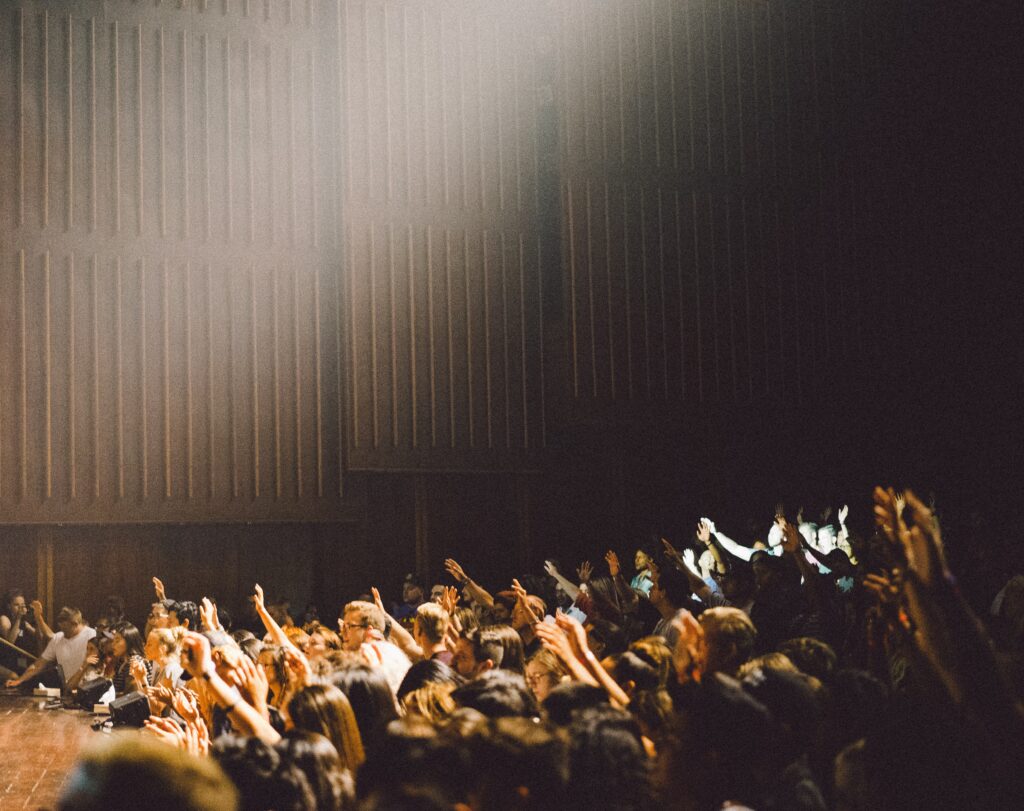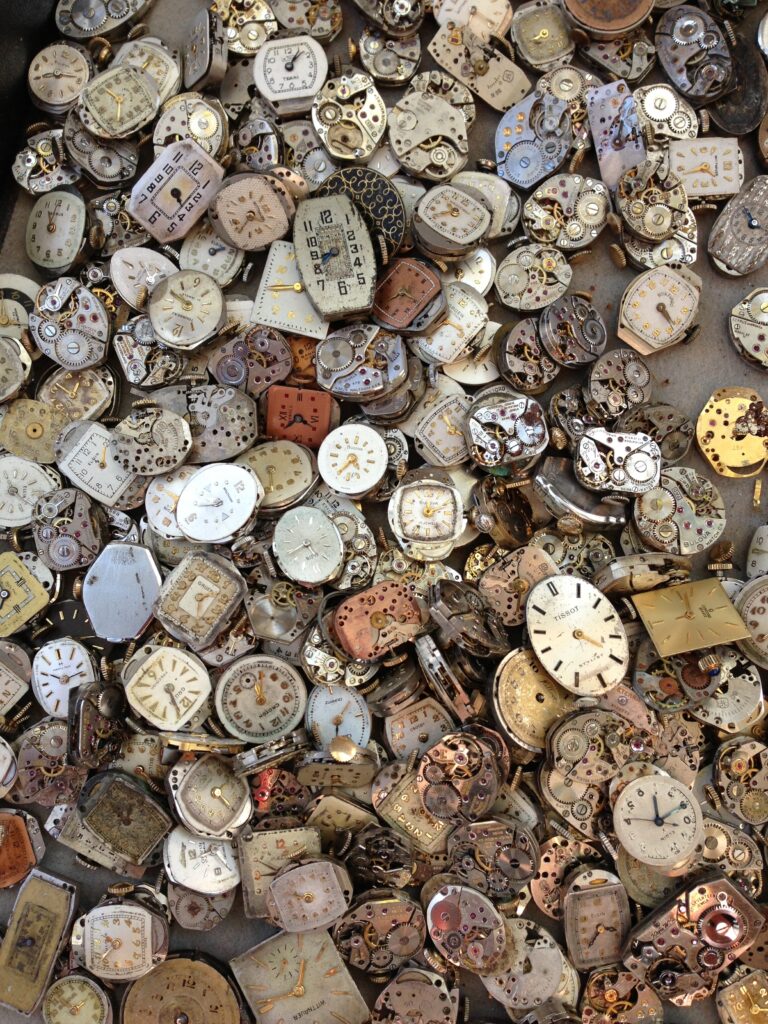I’ve been watching The Masters this week, and there’s a golfer I’ve never heard of who’s really impressed me. His name’s Will Zalatoris, and he’s currently tied for second, heading into the final round. He’s 24, and he’s not yet on the PGA Tour — he’s in the field thanks to an exemption. He has five top 10 finishes this year, and has made over $1.7 million golfing in 2021, so it’s not like this is a Tin Cup type of story — but still, it’s impressive for a 24-year-old in his first Masters.
But the thing I like most about Zalatoris is that he doesn’t seem afraid of the moment. He got asked about it at a press conference earlier this week: Did he feel nervous? Was he scared of the spotlight?
“There’s no reason to feel intimidated now,” he told reporters. “I made it to here.”
It’s a wonderful thing to be able to perform without pressure. Watching some of the other golfers today — guys who’ve been here before, and who have real weight on their shoulders — you can see how tough it is to hit shots on such a big stage. But Zalatoris seems free of that burden, able to play as though he’s playing a practice round.
He made it to here. He belongs on this stage. And it’s OK to believe that tomorrow, he just might win the whole thing.
